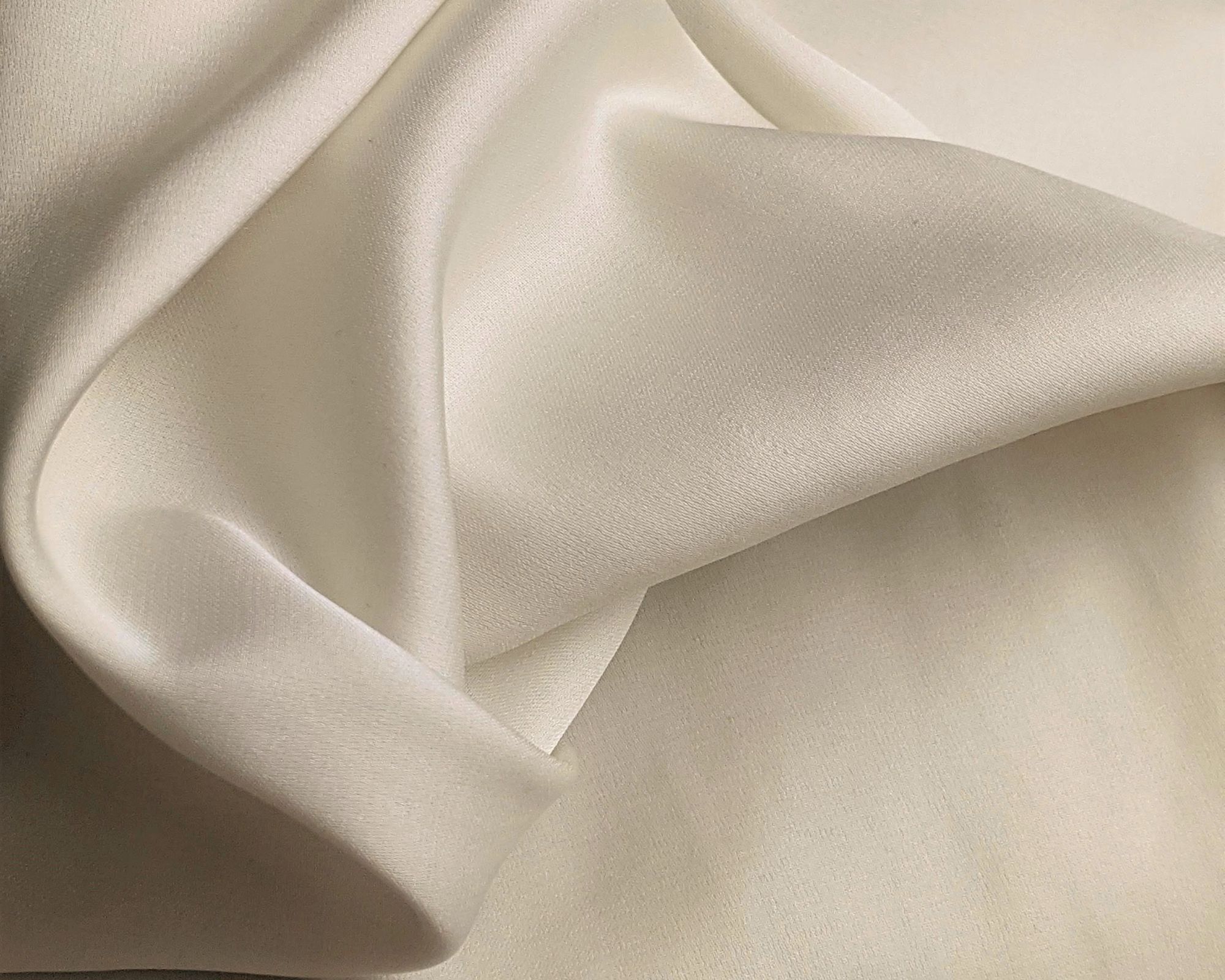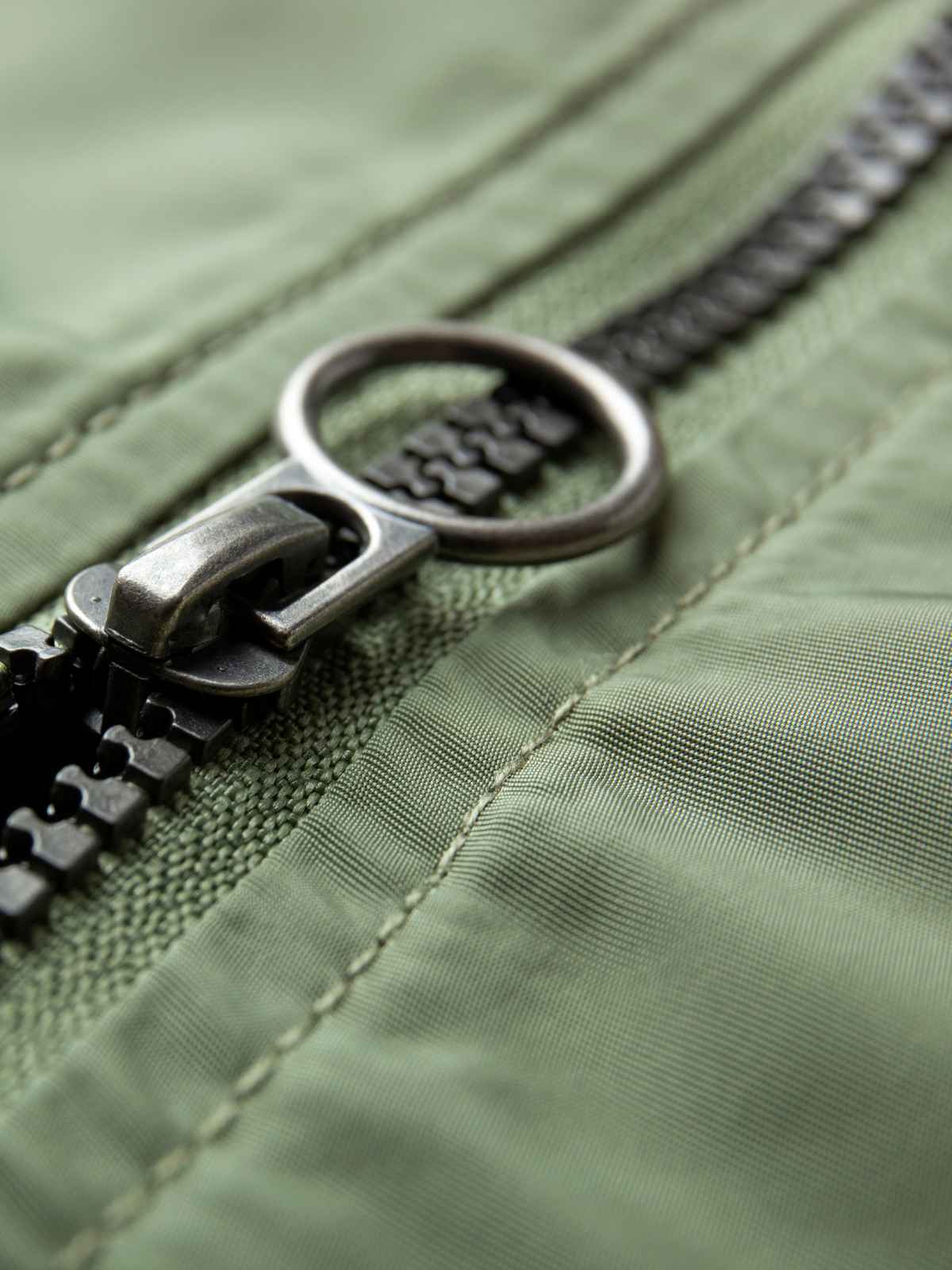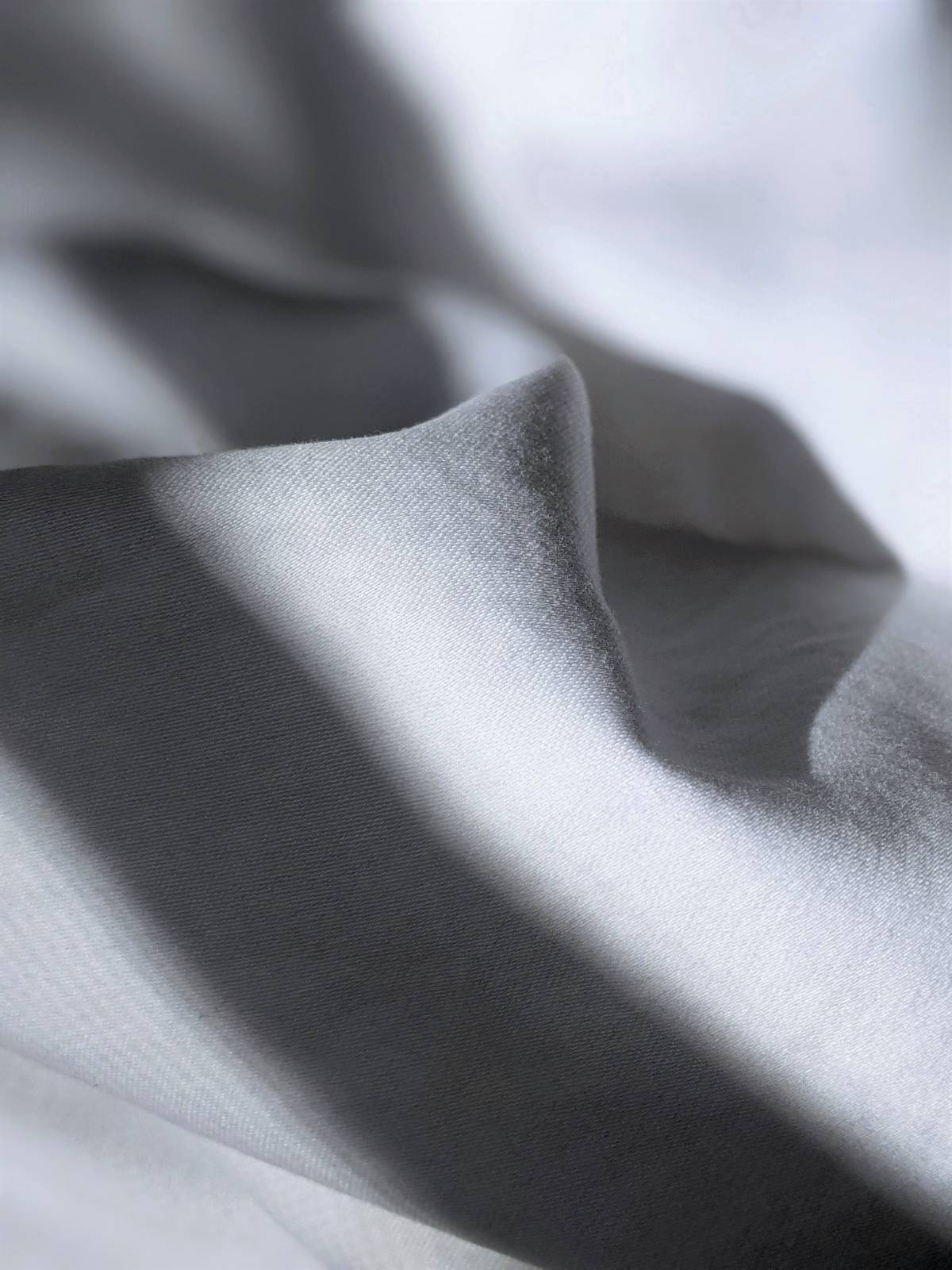Cupro is a silky man-made cellulosic fibre often touted as a more sustainable alternative to rayon fabrics. Here’s the low-down on cupro.
Is the silky alternative to rayon as sustainable as they say?
When producing clothes, the fashion industry uses a wide variety of materials. They can typically be separated into basic categories including plant-based like cotton, synthetic like polyester, animal-derived like silk, or man-made cellulosic fibres (MMCF) like viscose.
Cupro is a man-made cellulosic fibre which is made from cotton linters. Cotton linters are short, downy fibres which are a by-product of the manufacture of cottonseed oil. It’s one of the less well-known man-made cellulosic fibres, as consumers are generally much more familiar with TENCEL and viscose.
But exactly what is cupro fibre? How is it made? And is it a more sustainable and ethical option? Read on to find out.
What is cupro, exactly?
Cupro is a “regenerated cellulose” fibre made from cotton waste. It’s made using the teeny tiny silky cotton fibres, known as linter, that stick out of the cottonseed and are too small to spin. The linter is dissolved into a cuprammonium solution, which is a mixture of copper and ammonium, dropped into caustic soda, then spun into fibre. Much like TENCEL Lyocell and modal, cupro is a plant-based material that is chemically processed to produce the resulting fibre.
First invented in the 1900s in Germany, cupro is now solely manufactured by Asahi Kasei in Japan under the trademark Bemberg. You might also see it called “cupra”, “ammonia silk”, and “cuprammonium rayon”. Cupro qualities are sometimes likened to silk thanks to its silky-smooth handle and luxurious drape, although unlike silk, cupro ignites easily and leaves behind copper-containing residue. The material is often used for dresses, skirts, lightweight summer jackets, and other garments where a soft drape is desired.
Is cupro a lower-impact fabric?
There’s no straightforward answer to cupro’s sustainability just yet, but you can consider this one to watch.
Cupro is a by-product of cottonseed oil production. We know by now that cotton production is a very wasteful and intensive process—it requires a massive amount of water and pesticides when it’s not organic, and even organic cotton can come with its own sourcing issues. So using every bit of the cotton plant helps reduce waste.
Since cupro is plant-based—unlike silk, which comes from silkworms—it is vegan and cruelty-free. Plus, unlike silk again, it is machine washable, which has a lower impact than the dry cleaning required for delicate silk garments. It is also a lot cheaper to produce and more affordable to purchase.
Production of cupro has undergone a positive transformation in recent years, and now its sole manufacturer employs a closed-loop system: “We strictly control the chemical substances used in the manufacturing process and have introduced a closed-loop production system that recovers and reuses copper and ammonia,” they say.
Since cupro is made from a pre-consumer material obtained from the manufacturing process of cottonseed oil, it’s unclear the conditions in which the cotton was originally farmed and processed, but you can view the partner factories on the Bemberg information website.
One to watch, according to our expert analysts
It’s important to note that Good On You’s methodology does not yet classify cupro as a lower-impact fabric, instead, we’re keeping an eye on its usage and classifying it as an “innovative” material. Our ratings analysts will monitor the material’s usage across brands and assess it as a lower-impact option in the future.
To summarise our current observations, there are pros and cons to consider. The positives of cupro are that it’s made from waste materials, some renewable energy is used in the manufacture of the fibre, and a closed-loop system is used for the recovery of chemicals. On the other hand, the water consumption associated with the manufacture of the fibre is unclear, and we need to review a full Life Cycle Assessment (LCA) before we conclude whether or not to classify it as a lower-impact material.
Other options to consider
While cupro is technically a cruelty-free alternative to silk, its sustainability isn’t entirely clear yet, so we’d suggest prioritising confirmed lower-impact materials, like TENCEL Lyocell. If you must buy cupro, check if the brand shares information about its cupro supply chain. It’s equally important to consider the working conditions and manufacturing when thinking about the sustainability of a fabric. Be sure to choose brands that are transparent about their processes to make the most ethical choice for people, the planet, and animals.




















